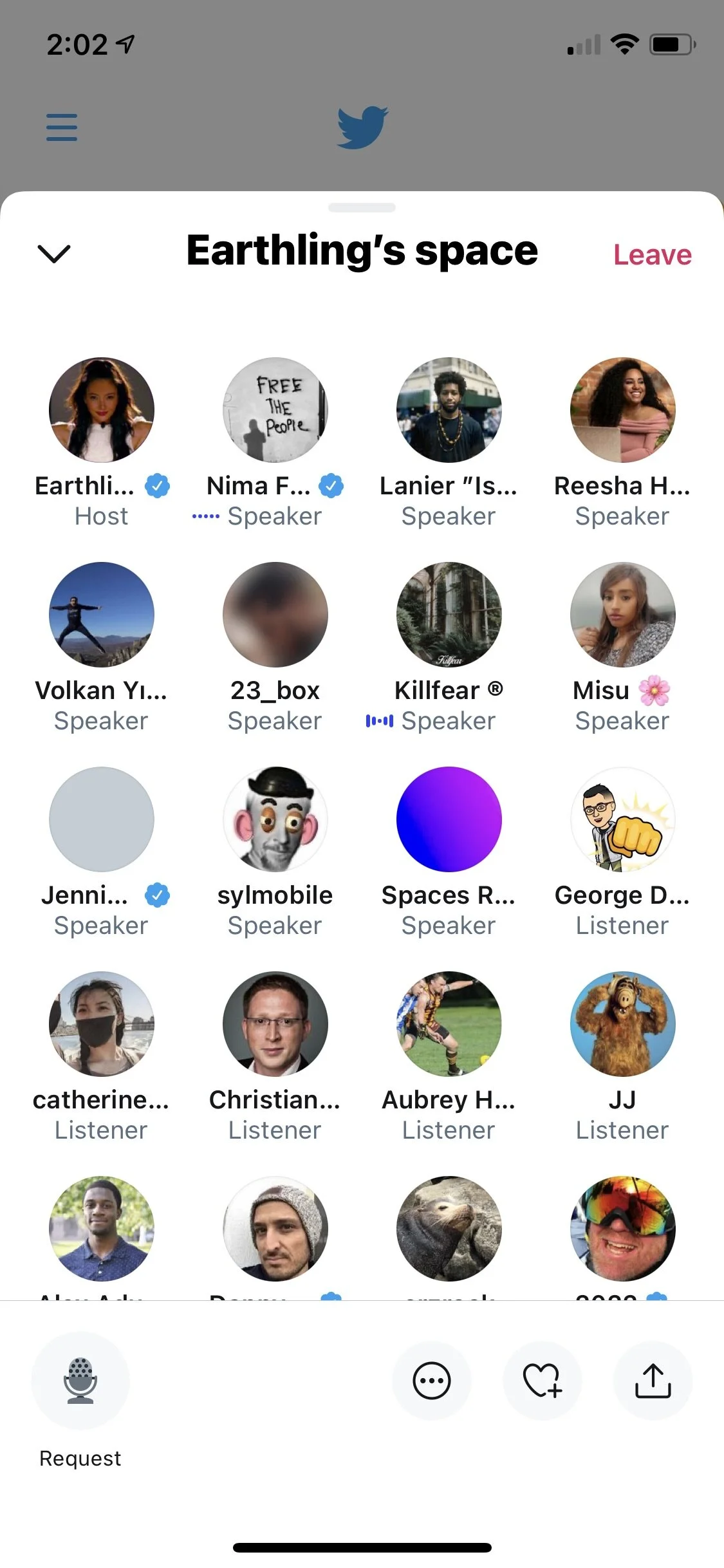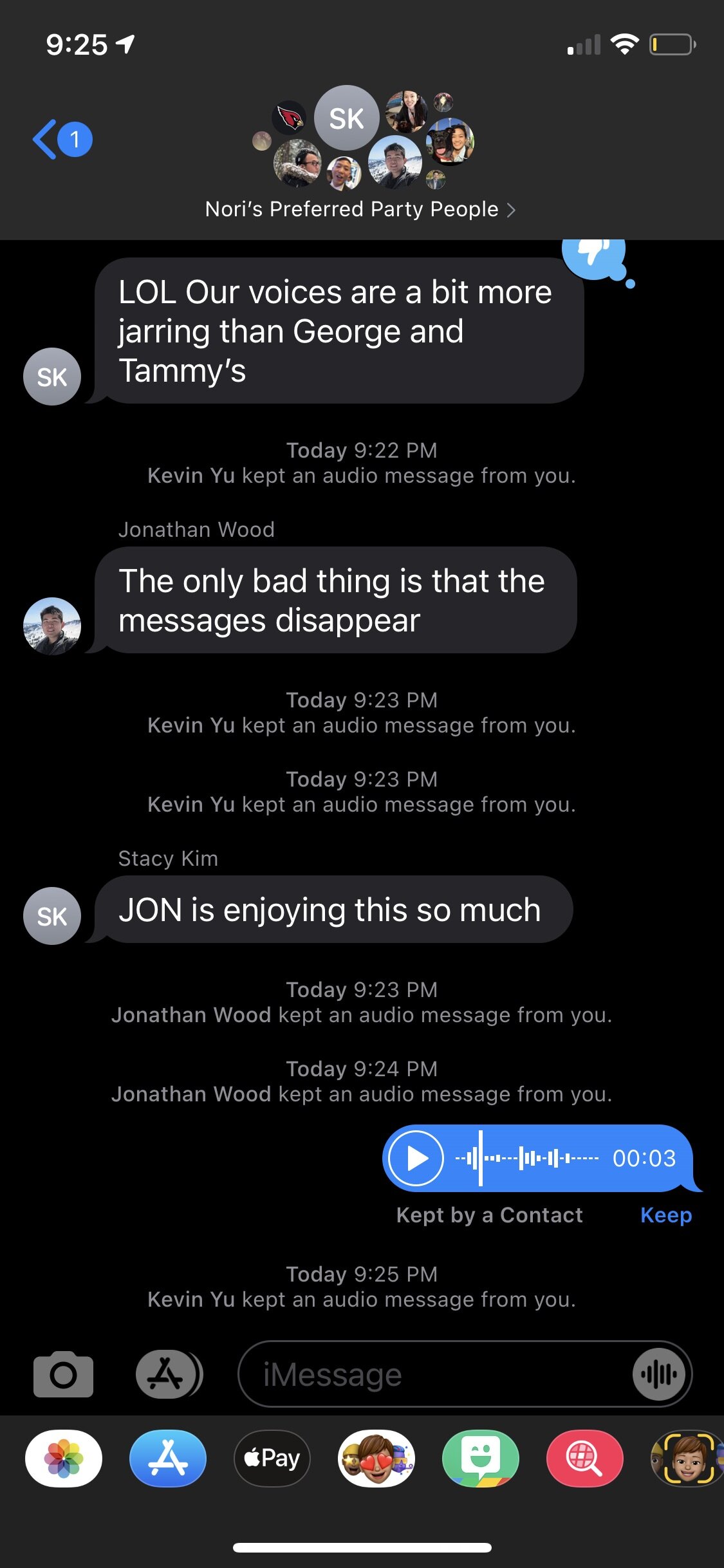Clubhouse is the Answer to Social Zoom Fatigue
My thoughts are still developing around Clubhouse and the growing craze of audio-based social networks. As this trend continues to draw more mainstream attention due to the regular cameos of tech and non-tech celebrities, the open dynamic of inviting strangers on stage will feel different — if not already feeling a little exclusive.
In the rooms that I’ve been in, with exception to those with 20 or fewer participants, it has been more like a seminar where people vie for attention of the hosts or moderators. The dynamic is slightly different in Spaces, the Twitter competitor in a tight beta, due to slight UI tweaks and terminology. It will take some time before Clubhouse and Spaces will become widely used by the general public, but I think we’re headed there.
Audio-based social networks are here to stay.
I often hear the counter argument that “CH is just live podcasting with no direction,” but I think they miss the point. Podcasts are curated and content is much more composed, which makes for great digestible content, but limited engagement. Live conversation with active community participation is a whole different beast that thrives off of impromptu conversation and unique mixtures of people. In this case, it’s more like talk radio.
The main reason I’ll stay for Clubhouse is for the smaller groups — if not primarily for the private rooms amongst close friends. During Covid-19 shelter-in-place in California, the regular social Zoom calls amongst close friends has waned, eventually sliding off from what was a weekly call to an “every once-in-a-while” call. People are exhausted by looking at screens all day and night. Live video creates pressure for participants that don’t want to be on screen. My wife raises her hand on this one.
Clubhouse is the answer for that and I plan to explore it more for events that are better with friends:
Live friendly commentary during Warriors games
Supper-time conversations to liven up weekday dinners
Speaking about shipping containers with Ben Uyeda on Clubhouse
Seeing your avatar right next to the speakers makes you feel “seen” in Spaces
I previously explored the idea of audio-only messages in my friends’ group iMessage chat, which turned out to be a really interested social experiment, where I watched shy friends actively participate. I started the experiment, only doing voice messages over 2 months ago, and many friends still continue to use it. It’s a fun way to communicate, feels more intimate, and helps to reduce miscommunication often due to missing tone. This is one of many reasons why I feel like Clubhouse may introduce a new type of low-pressure, intimate socialization amongst small groups of friends.
No audio messages sent before I started, but adoption was immediate and frequent
Improvised round table group singing of verses to a Korean pop song



